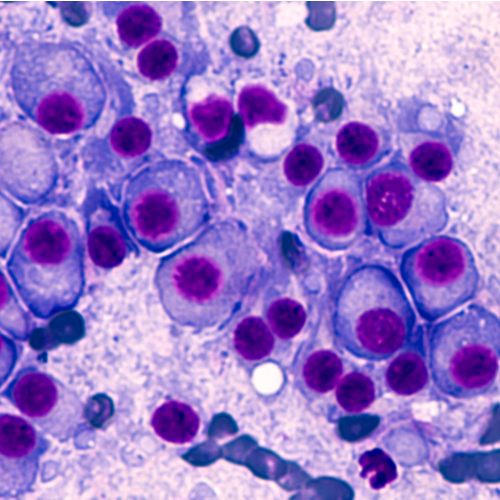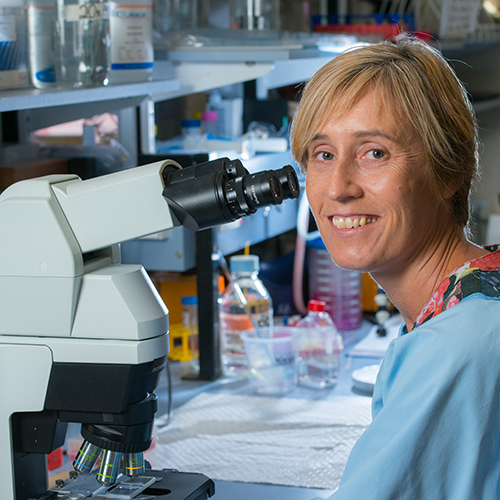09 March 2021

South Australian researchers are hoping to improve the outcome of patients with multiple myeloma after identifying a new protein associated with the most aggressive form of the disease.
A team from the University of South Australia (UniSA) and Flinders University has made the discovery in relation to the second most common blood cancer in the world.
Patients with high levels of this cell adhesion protein are three times as likely to die within six years of diagnosis compared to patients whose cancer cells express low levels of this protein.
UniSA Head of Vascular Biology, Professor Claudine Bonder, says the finding will allow multiple myeloma (MM) patients with the poorest outcomes to be rapidly identified and the most potent, appropriate and available drugs to be more quickly administered.
“Newly-diagnosed MM patients currently undergo genetic testing to match the most significant chromosomal mutations with the most potent drugs to prevent disease progression,” Prof Bonder says.

“These genetic tests can take up to two weeks which, for 20 per cent of patients with the most advanced form of MM, significantly delays their start of treatment.”
The team, which also includes Flinders Medical Centre clinical haematologist and Head of the Flinders University Multiple Myeloma Translational Research Laboratory Dr Craig Wallington-Beddoe and UniSA Head of the Molecular Signalling Laboratory, Professor Stuart Pitson, is working towards a new prognostic clinical test to quickly identify this protein and the patients who require immediate and rigorous treatment.
The researchers are also developing novel therapies for meticulous pre-clinical testing.
Multiple myeloma is a cancer that forms in white blood (plasma) cells found in bone marrow. In a healthy individual, these plasma cells make antibodies which help the body fight diseases and infection.
MM occurs when the plasma cells become abnormal (cancerous) and overcrowd the healthy blood cells in the bone marrow, causing damage to the bones, immune system and various organs.
Worldwide, about 140,000 people are diagnosed with multiple myeloma each year, including 1900 Australians and the average life expectancy is four years.
With an increase in the ageing population, the global burden of multiple myeloma has also increased significantly in recent decades with a 126 per cent jump in cases between 1990 to 2016 and a 94 per cent rise in deaths from the disease.
Media contact: Candy Gibson office +61 8 8302 0961 mobile: +61 434 605 142
email: candy.gibson@unisa.edu.au
Professor Claudine Bonder office: +61 8 8302 7833 mobile: +61 424 371 215
email: claudine.bonder@unisa.edu.au



